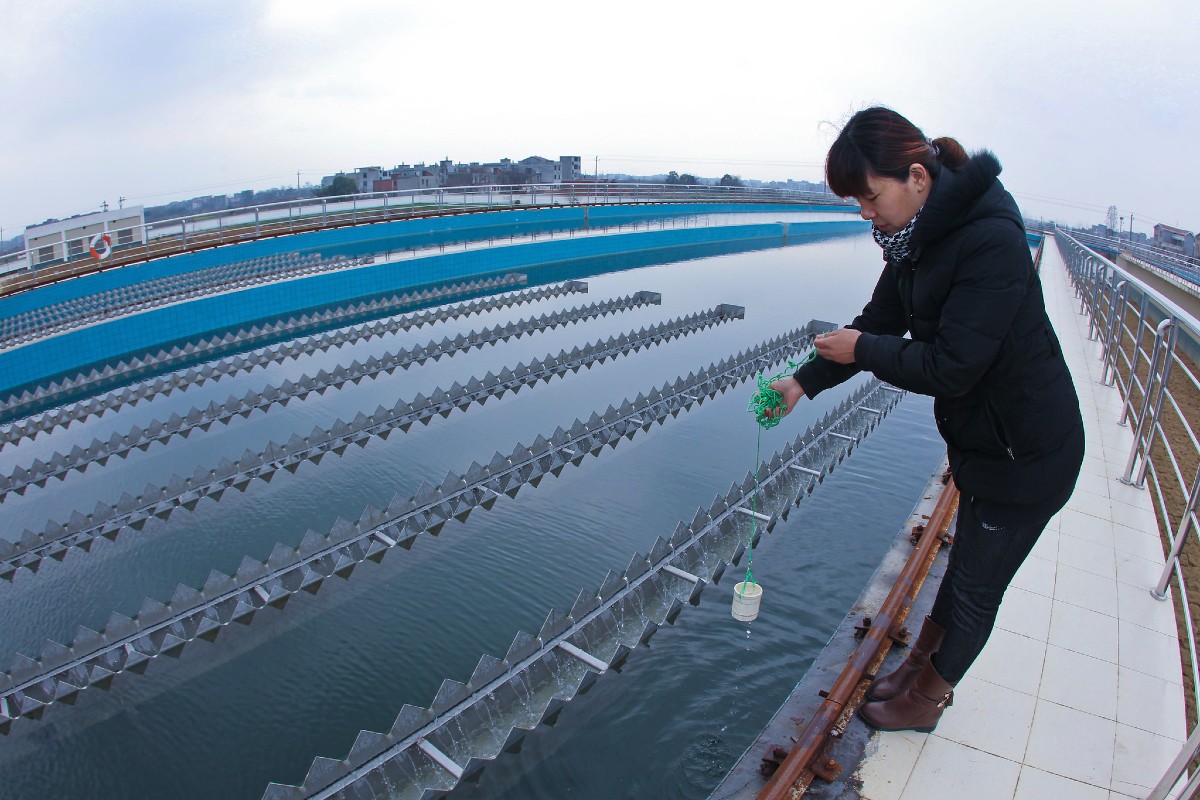East Asia Blog Series
How Beijing Is Restoring Its Aquifer
Xueliang Cai and Mingyuan Fan 9 Mar 2022
To restore healthy aquifer systems, we need to carefully monitor and manage extraction, and recharge with surface water when available.
For many decades, Beijing had been coping with a water crisis, and has been successful in managing it to a large extent. From 2000 to 2018, the city’s population expanded from 13.6 million to 21.5 million, and its economy grew almost tenfold from CNY316 billion (USD 50 billion) to CNY3,033 billion (USD 500 billion). After an initial increase, Beijing managed to maintain water use at the same level or even lower depending on the end use sector.
The problem, however, is that a majority of the supply was from aquifers, which accounted for about half of total water supply in Beijing. Over-extraction sent the groundwater levels down significantly, although they have gradually recovered in the last few years.
The over-exploitation of groundwater has brought a range of environmental and ecological consequences, including rivers running dry, land subsidence and vegetation degradation. It also increases the risks of depleting Beijing’s emergency water supply.
Beijing is not alone in facing these problems. The North China Plain has more than 160 pocket areas of groundwater depletion. Unsafe levels of groundwater extraction have sunk the city of Jakarta 2.5 meters in 10 years, forcing the government to announce a plan to relocate the capital. The Indus Basin Aquifer is the world’s second-most overstressed aquifer. The overstressed Arabian Aquifer System is already depleted.
The idea of using water transferred from 1,432 km away to recharge the aquifer may seem crazy to many, but there are advantages.
To restore healthy aquifer systems, we need to carefully monitor and manage our extraction, and as is often required, recharge with surface water when available.
Managed aquifer recharge, a relatively new idea, is based on the principle of groundwater replenishment and water banking, which involves the intentional recharge of water to aquifers to maintain groundwater levels, and subsequent storage of this water for future use.
Groundwater aquifers are typically located in soils or deeper rock layers beneath the surface. It requires careful technical design to ensure that water of sufficient quality can infiltrate the ground, stay underground, and be pumped out when needed. It can be used as an underground reservoir, except that it is invisible.
Plenty of research findings support the viability of the technology. But actual implementation on a large scale is still rare. There is often a lack of understanding of cost and benefits. Seeing water “disappearing” can also make it challenging for such an idea to be accepted.
Nonetheless, the city of Beijing decided to give it a try. Since December 2014 it has been receiving water from the Danjiangkou reservoir. By the end of 2019, this supply amounts to 5.2 billion cubic meters of water, which accounted for about a quarter of Beijing’s total water supply during the same period.
Apart from city supply, the Beijing Water Authority diverted some of the water to reservoirs and rivers, and some to aquifers as part of the comprehensive Beijing Capital Region Water Conservation Strategies.
They looked at groundwater storage capacity, recharge methods, different water sources, and water quality and conducted trials to see how the groundwater levels change with recharge and pumping.
The idea of using water transferred from 1,432 km away to recharge the aquifer may seem crazy to many, but there are advantages to this: while the transfer project supplies a stable flow of water, local demand and supply fluctuate.
The managed aquifer recharge can draw the excess water during low demand periods and help maintain a steady flow, and resupply through pumping when demand exceeds supply. In short, it adds an important dimension of flexibility to Beijing’s water supply system.
Innovative designs are critical for this relatively new method to work. For example, in Beijing, sandstorms carry dusts from the Gobi Desert, which can slow down the recharge speed and eventually clog up the system, when deposited into riverbeds.
Researchers can design recharge surface and depth in a way that utilizes wave actions from wind gusts to move deposits away from the center of the riverbeds, thereby increasing the speed the water goes down and reduce the costs of cleaning up.
More importantly, an investment framework is essential for putting managed aquifer recharge up to scale. Such a framework addresses not only technical design but other crucial elements, including social and environmental safeguards, as well as economic and institutional (regulatory, legal, organizational) dimensions, inter alia participation and monitoring. The capacity for the operation and maintenance is also key for the success of managed aquifer recharge.
A sound management plan is crucial for successful management of recharging the aquifer. This is not only related to technical operations and maintenance but also to cost benefit sharing mechanisms. It is easy to collect fees from connected consumers, but much more difficult if people are pumping on their own.
A good plan and strict enforcement therefore ensure the investment will not only see water “disappearing” into the aquifer, but also “coming back” with greater value at the times needed.
The experimental recharge in Beijing has been going on for several years and the results are promising. It shows that storing water underground is technically feasible. In addition to environmental benefits, recovering groundwater levels have shown to be economically and financially more cost effective compared with available surface storage options. An invisible storage with managed aquifer recharge is a better investment option for Beijing, and probably many other areas facing water scarcity.
Authors

Xueliang Cai
Water Resources Specialist, East Asia Department, ADB

Mingyuan Fan
Principal Water Resources Specialist, East Asia Department, ADB
This blog is reproduced from Asian Development Blog.


